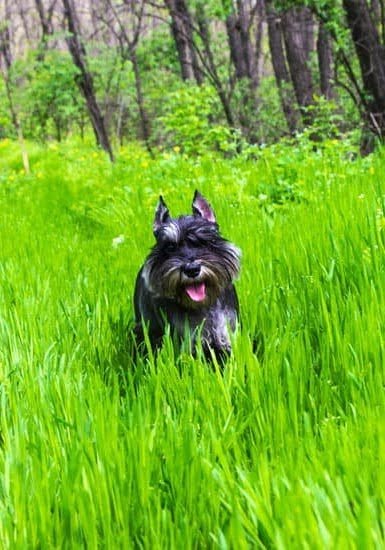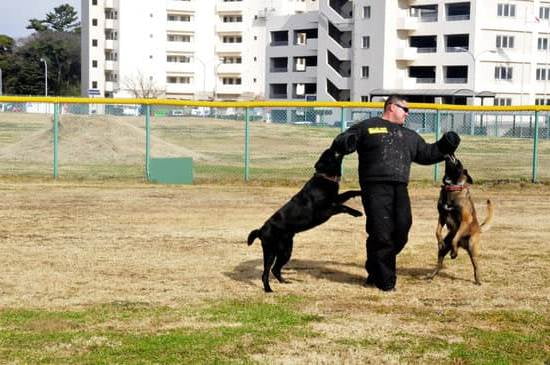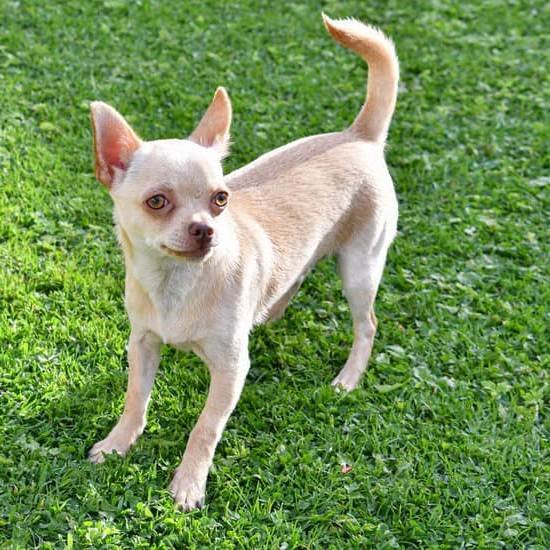Introduction
Introduction: Training a dog to use a pad rather than going outside to relieve themselves can be an excellent solution to homeowners who cannot take their dog outside quickly enough or those dealing with bad weather. There are several types of pads available on the market today, including disposable, washable, and self-cleaning options. Each type has its own unique benefits, so it is important for owners to consider which one will suit their home and situation best. While teaching your pup to use a pad may seem simple at first, it is important that owners avoid making common mistakes so as not to confuse or frustrate their pet. With patience and consistency, training your pup should be manageable in just a few days.
Preparing to Train Your Dog
Making the Potty Pad More Attractive – There are a few things you can do to make the potty pad more attractive and comfortable for your dog. Start by spraying it with a dog-friendly scented spray (like lavender or chamomile). You can also add some of your dog’s favorite treats around the pad, so they will be drawn to it and learn that good things happen when they use it. Additionally, if your dog has a name, consider personalizing the pad with their name. This helps further associate the pad with something positive, like getting love and attention from you.
Choose the Right Spot
When deciding which spot to use for training your dog, consider choosing a place that won’t be disruptive to the flow of your household. For example, if you have kids running around and playing, it’s important to choose a spot that is away from any high-traffic areas. This will help to prevent any disruptions or accidents as your dog learns how to properly use the pad. Additionally, you should also consider placing the pad somewhere relatively close to where your dog sleeps so that it can access it easily without having to traverse long distances across the home.
Dedicated Training
Consistency is one of the key components when training a dog to use a pad. It is important for owners to remember that the more consistent they are with their training, the faster the dog will begin to understand how the process works and adjust their behaviors accordingly. When introducing new concepts or techniques, it is important to be consistent with both verbal and physical cues so the dog knows exactly what behavior is expected. The same rules should apply each time the training session occurs, even if there are mistakes along the way.
What can also help the process go smoothly is setting up a designated area and time for your pup to do their business on a pad. This might mean using treats as rewards or forcing your pup onto the pad before doing anything else in order for them to make association between this specific area and pooping on it.
Of course, accidents will inevitably happen during this process and it’s important not to harshly reprimand your pup when one occurs. Instead, take away any mess that was created and try again next time you initiate the routine. Don’t forget – patience and consistency are key!
Cleaning and Maintenance
The best way to clean a pad for your dog’s bathroom spot is to use warm water and mild soap. Fill a shallow bowl with the soapy solution, dip a sponge in it, and gently scrub the area of the pad that may have urine or solid fecal matter on it. Make sure not to scrub too hard as this can damage the material. After scrubbing, rinse with clean water to remove any remaining soapy residue. Then spread out the soiled area and let air dry.
Once the pad is dry, you may want to sprinkle baking soda over it before putting it back inside your pet’s designated bathroom spot. Baking soda can help absorb odor and keep the area smelling fresh. Additionally, you might want to consider using an enzymatic cleaner specially formulated to break down animal waste odors and messes. Follow instructions on the product label when using any type of cleaning products near your pet’s area.
You should also plan to properly dispose of used pads in a safe manner each day or two – depending on how often your dog uses them – and replace them with fresh ones for better hygiene. Finally, remember not to use harsh chemicals or detergents when cleaning the pads; these can irritate your pet’s skin or respiratory system if they get close enough while using them.
Conclusion
Congratulations on taking the first step in training your dog to use a pad or paper to eliminate their waste! With consistent and patient training, most dogs can be trained to use a pad in no time. Remember to keep the rules clear and consistent: always reward your pup when they have used the pad correctly and set up boundaries that ensure it is used only for urination and defecation (such as using scissors to cut any chewed up pads).
If, however, you have failed to train your pup after trying diligently, we suggest seeking help from a certified puppy or dog trainer. Through positive reinforcement based methods, they will be able to evaluate different areas in the potty-training process that require improvement and practice. Additionally, a professional could advise on additional methods you may want to try such as urine attractant sprays or scents that can help guide your pup where he should go. Ultimately, with patience and guidance from an expert you’ll soon be able to enjoy mess-free living with your new furry friend!

Welcome to the blog! I am a professional dog trainer and have been working with dogs for many years. In this blog, I will be discussing various topics related to dog training, including tips, tricks, and advice. I hope you find this information helpful and informative. Thanks for reading!





